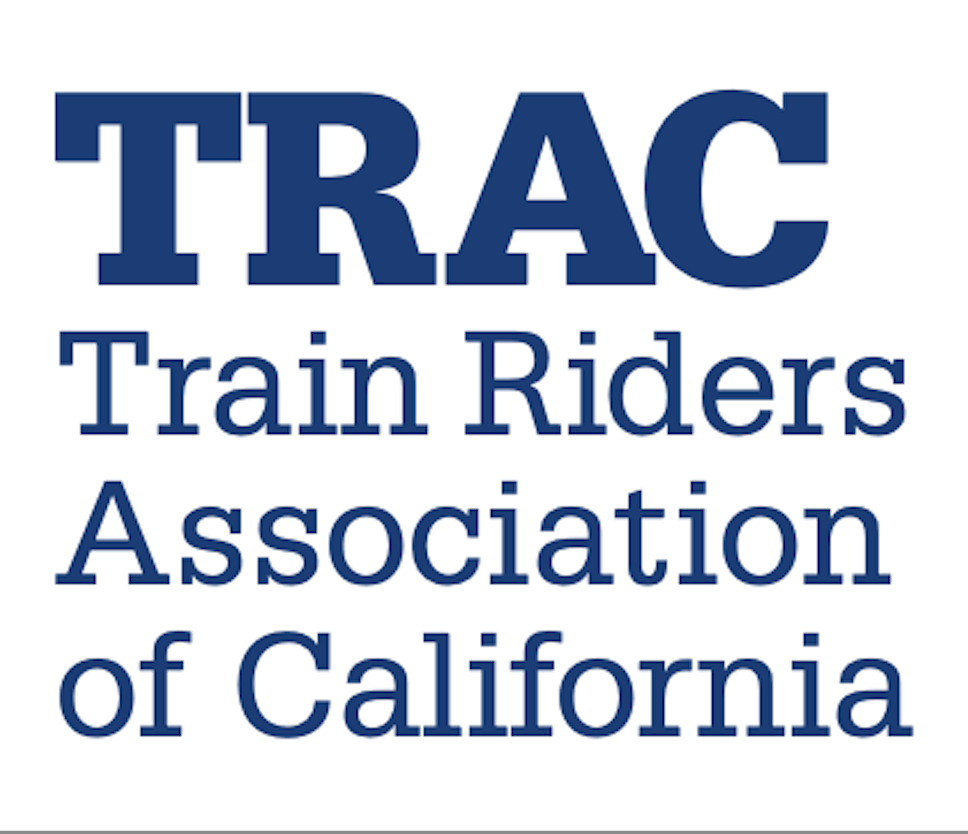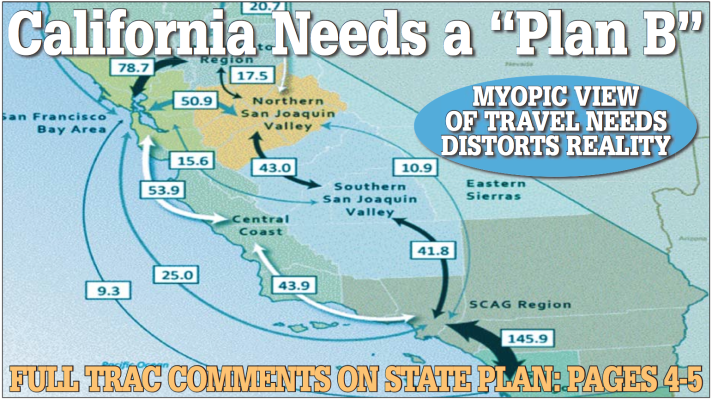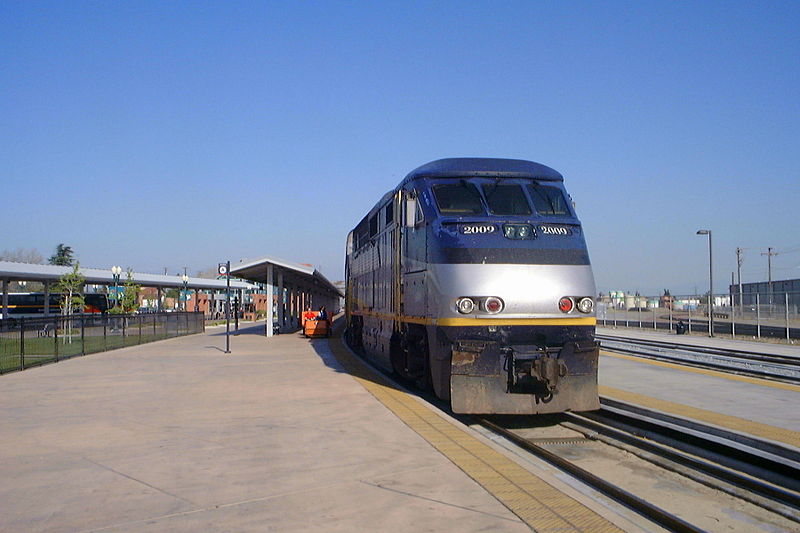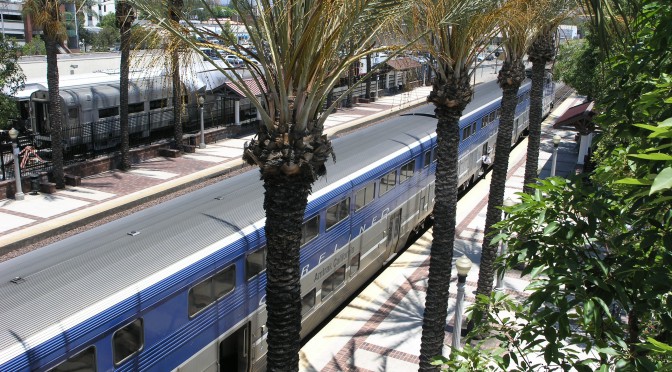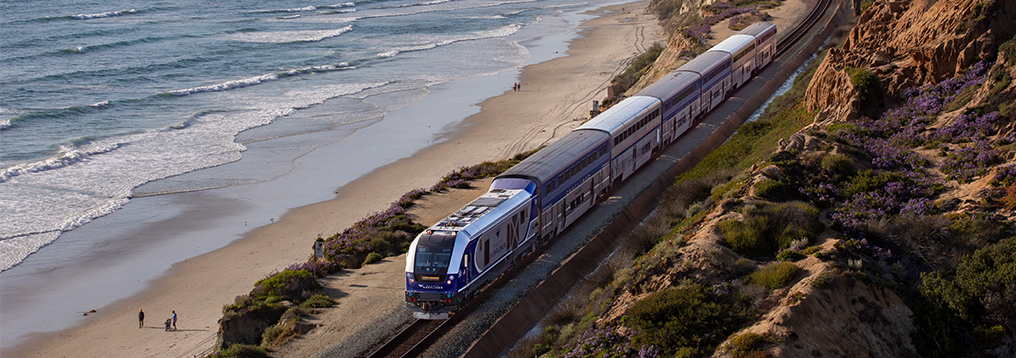TRAC Releases Santa Cruz Rail Study
In an effort to jump start rail service in Santa Cruz County, TRAC today released its Santa Cruz Rail Study. The study details the economics of a public-private partnership that would provide rail transit service on the Santa Cruz Branch line, supported by three profit-making services: Beach shuttles, dinner trains and excursion trains, and rail connections to San Jose, Monterey and Salinas.
By overwhelmingly defeating the Greenway Initiative, the voters of Santa Cruz County have clearly indicated they want rail in their future. The TRAC study offers a fast and inexpensive path to starting up service: a partnership between the Regional Transportation Commission, owner of the Santa Cruz Branch line, and a private sector firm. TRAC recommends:
1. That the RTC staff evaluate the Study to determine the reasonableness of the private sector business opportunities it discloses.
2. Following that evaluation, TRAC urges the RTC to invite private sector rail service proposals.
The study concludes that the dinner and excursion trains, which would travel where the tracks are mostly intact, between Santa Cruz and Davenport, could probably start up rather quickly.
After announcing its interest in proposals, TRAC suggests:
3. That the RTC should look for grants to repair the bridges (rather than replace them). A relatively small grant could bring the tracks up to a 59-mph standard by adding new crossties as needed.
TRAC is convinced that getting a passenger service running ASAP is far more important than having “perfect” infrastructure. Because rail passenger service has not been available for generations, it will take time to build up a culture of using rail transit. Because the total replacement approach that public agencies typically adopt is so much more expensive, it is very difficult to receive grant funding, especially where the projected ridership is merely speculative. Deferring the environmental benefits, especially having an alternative to being stuck in traffic on the highway, is not worth the delay in getting started.
Once a robust ridership has been demonstrated, it is much easier to secure grant funding. (It is relatively quick and easy to bring in automated equipment to do total replacement when and if it is actually needed.)
While the profit-making rail services are important, TRAC is most focused on the need for convenient rail transit. The Study shows that the subsidy needed to keep fares similar to bus fares could easily be met with a 1/8% sales tax. If rail fares were slightly higher, transit could run without a subsidy. Another funding possibility is sponsorships by local businesses, who would receive advertising on the rail vehicles and station structures.
TRAC is eager for this Study to be reviewed by the RTC Board, its staff, and private sector entities including TIG/m, Pop-Up Metro, St. Paul & Pacific Railroad (SPPR), and Roaring Camp Railroads. We look forward to your comments: [email protected]
